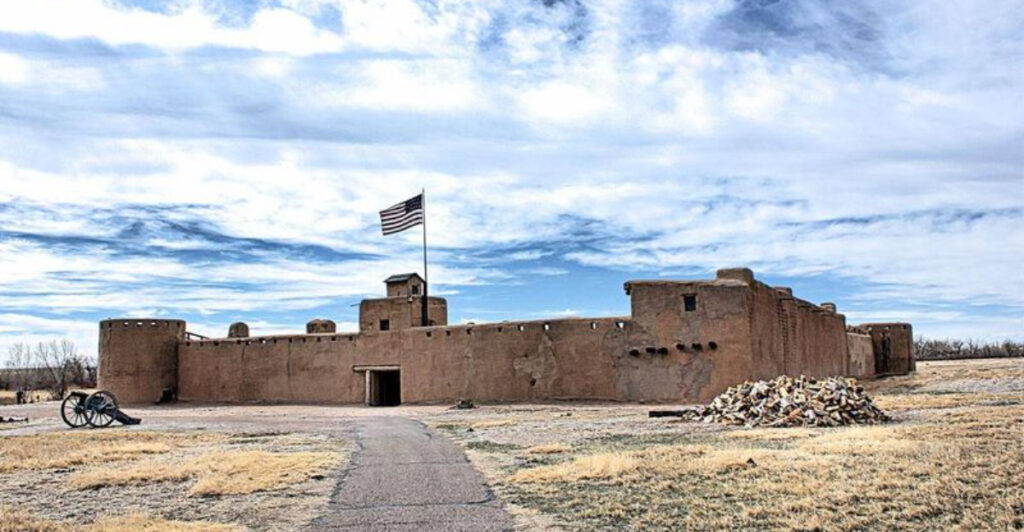Across America’s vast landscape, historic pathways tell stories of pioneers, traders, and explorers who shaped our nation. These routes—once bustling with covered wagons, determined settlers, and brave adventurers—now offer modern travelers a chance to step back in time. Following these historic trails connects us with the triumphs and struggles of those who came before, all while enjoying spectacular scenery and authentic American heritage.
1. The Oregon Trail: Wagon Ruts Through Time
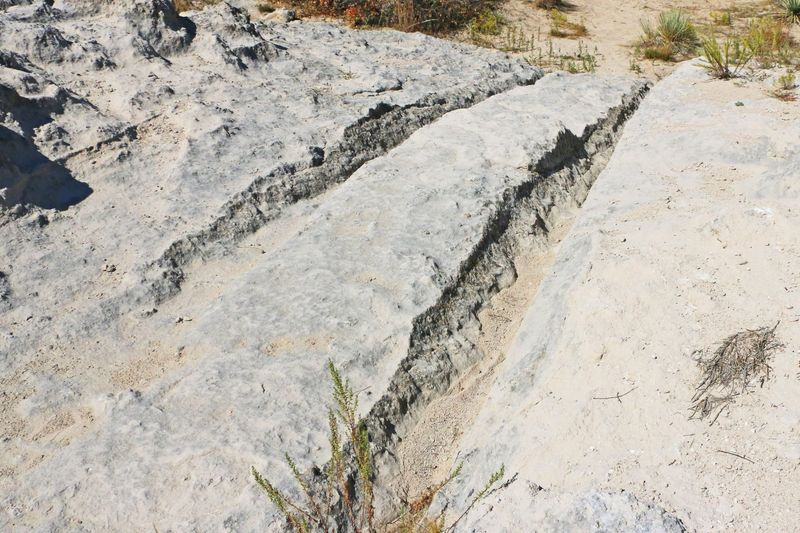
Dusty wagon wheel marks still scar the earth along portions of this legendary 2,170-mile pathway that carried 400,000 pioneers westward between 1843-1869. Families seeking prosperity packed their lives into covered wagons and faced brutal hardships—disease, starvation, and treacherous river crossings.
Today, visitors can walk in actual wagon ruts at sites like Oregon Trail Ruts State Historic Site in Wyoming. Museums in Independence, Missouri and Oregon City showcase journals, tools, and personal artifacts that survived the arduous journey west.
2. The Natchez Trace: Ancient Footpath to Modern Parkway
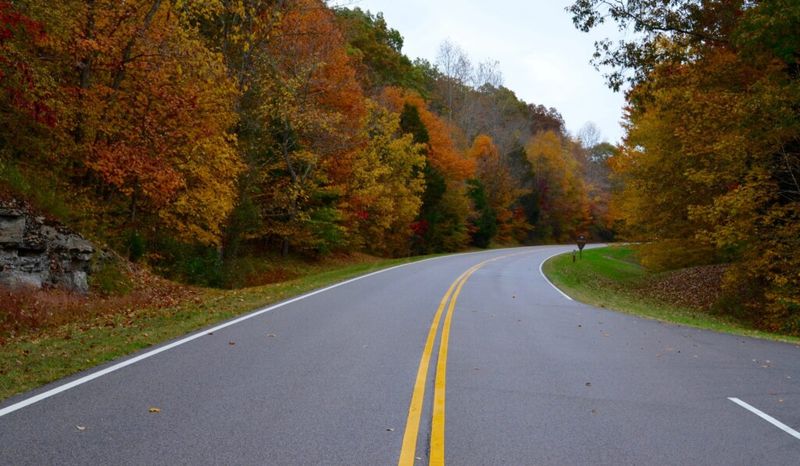
Long before European settlers arrived, Native Americans created this 440-mile footpath connecting Mississippi to Tennessee. Later, boatmen floated goods downriver to Natchez, then sold their flatboats for lumber and walked home on this path.
President Jefferson designated it a postal route in 1801. The modern Natchez Trace Parkway follows this ancient trail, with cypress swamps and hardwood forests flanking its curves.
Stone mile markers, historic tavern sites, and Native American mounds dot the route—perfect for history-hungry road trippers.
3. Route 66: America’s Main Street

Immortalized in song and literature, this 2,448-mile ribbon of asphalt connected Chicago to Santa Monica from 1926 until 1985. During the Dust Bowl, desperate families piled possessions atop jalopies and fled west on this lifeline of hope.
Neon-lit diners, quirky roadside attractions, and mom-and-pop motels sprung up to serve travelers. Though officially decommissioned, passionate preservationists have saved many iconic stops.
Vintage gas stations, restored art deco theaters, and classic trading posts still welcome modern explorers seeking authentic Americana.
4. The Santa Fe Trail: Gateway to the Southwest
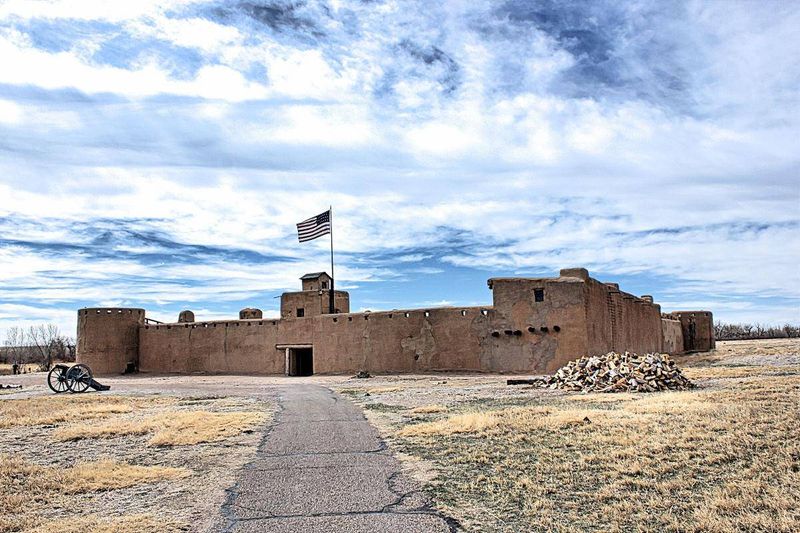
Merchants loaded wagons with calico, tools, and sugar in Missouri before embarking on this dangerous 900-mile journey to Santa Fe. Established in 1821 after Mexico gained independence from Spain, this commercial highway bridged two distinct cultures.
Buffalo herds sometimes blocked progress for days. Travelers feared Comanche raids along the Cimarron Cutoff, a waterless shortcut through present-day Oklahoma.
Modern adventurers can still spot limestone markers installed in 1906 that trace the original route, or visit preserved trading posts like Bent’s Old Fort in Colorado.
5. The Lewis and Clark Trail: Mapping the Unknown
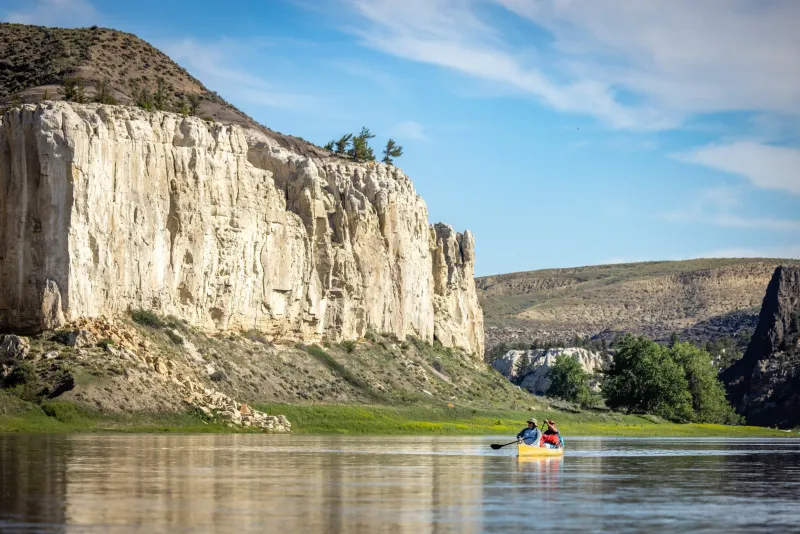
Two hundred years ago, Meriwether Lewis and William Clark embarked on America’s greatest adventure—charting 8,000 miles of unexplored territory. President Jefferson commissioned their Corps of Discovery to find a water route to the Pacific and document everything encountered.
Their journals described 178 new plant species and 122 previously unknown animals. Native guide Sacagawea proved instrumental to their success, interpreting languages and finding edible plants.
Modern travelers can paddle portions of the Missouri River in Montana that remain virtually unchanged since 1805, experiencing the landscape much as the explorers did.
6. The Trail of Tears: Path of Forced Removal

Not all historic trails celebrate triumph. The Trail of Tears memorializes one of America’s darkest chapters—the forced relocation of 60,000 Native Americans from their ancestral southeastern homelands to Indian Territory (now Oklahoma).
Following the 1830 Indian Removal Act, Cherokee, Creek, Choctaw, Chickasaw, and Seminole people were marched westward at gunpoint. Winter exposure, disease, and starvation claimed over 15,000 lives along the brutal 5,043-mile route.
Today, interpretive centers in Georgia, Tennessee, and Oklahoma preserve firsthand accounts of this tragic journey.
7. The Pony Express Trail: Mail on Horseback
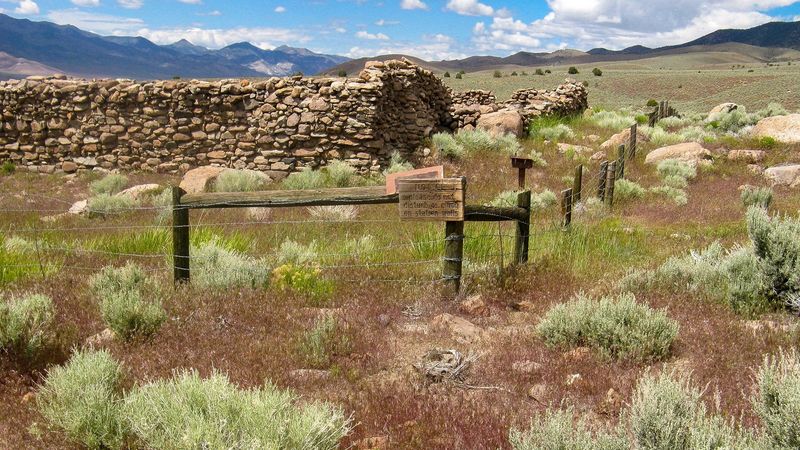
Though it operated for just 18 months before telegraph wires made it obsolete, the Pony Express captured America’s imagination like few enterprises before or since. Young riders galloped relay-style across 1,800 miles of wilderness between Missouri and California, changing horses every 10-15 miles.
The service advertised for “skinny, wiry fellows not over eighteen” who were willing to risk death daily. Each rider covered 75-100 miles before passing the mochila (mail pouch) to the next horseman.
Remarkably preserved stations dot the route through Wyoming and Nevada, allowing visitors to envision this daring chapter of communication history.
8. The Mormon Pioneer Trail: Faith-Driven Migration
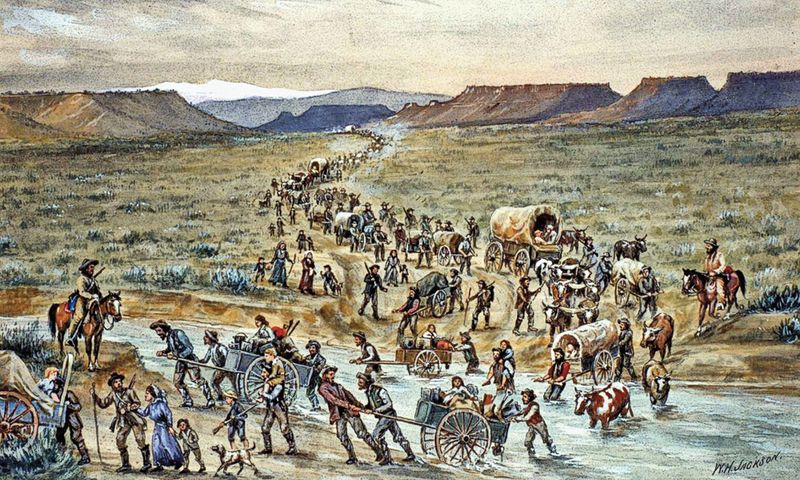
Religious persecution drove 70,000 Mormon pioneers westward along this 1,300-mile trail between 1846-1868. Many pulled handcarts containing all their worldly possessions across prairie and mountain passes.
The first party, led by Brigham Young, blazed the path others would follow. The journey claimed 6,000 lives from exhaustion, exposure, and disease. Trail journals describe mothers burying children in shallow graves, then walking onward the same day.
Historic sites like Martin’s Cove in Wyoming commemorate the faithful determination of these settlers who ultimately established communities throughout the Mountain West.
9. The Underground Railroad: Secret Paths to Freedom
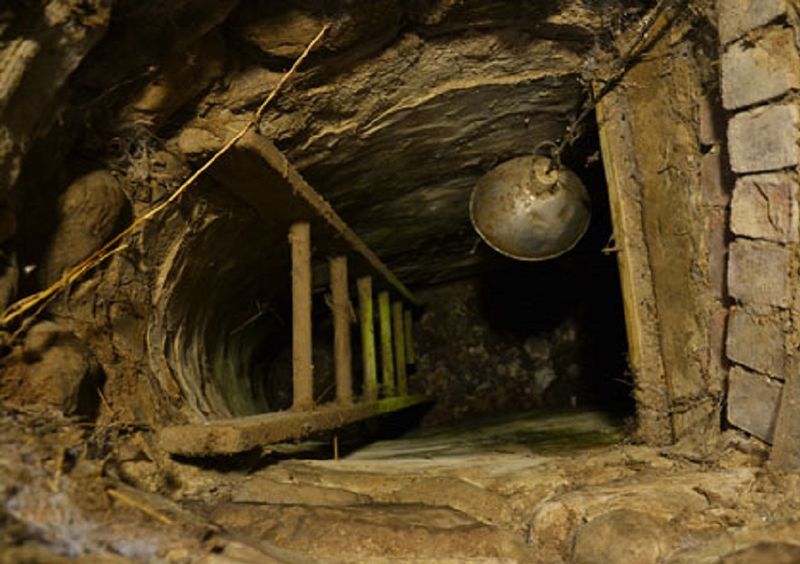
Unlike other historic routes, the Underground Railroad wasn’t a single path but a clandestine network of routes and safe houses helping enslaved people escape to free states and Canada. Conductors like Harriet Tubman guided runaways through swamps and forests under cover of darkness.
Escaping slaves followed the North Star or memorized coded quilts and songs containing hidden directions. Abolitionists risked imprisonment by sheltering fugitives in false-bottom wagons, secret basement rooms, and concealed attics.
Today, preserved stations in Ohio, Indiana, and New York reveal ingenious hiding places that sheltered thousands on their journey to freedom.
10. El Camino Real: The Royal Road
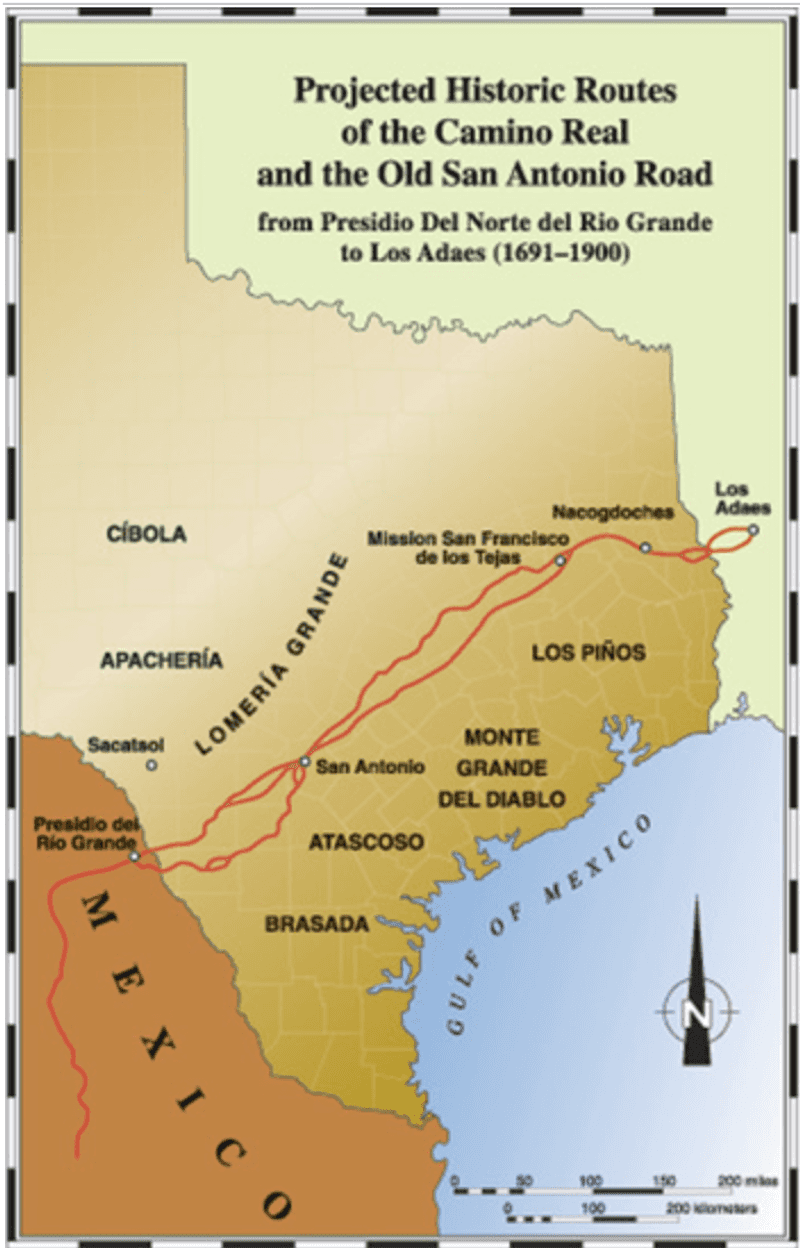
Spanish colonizers established this 1,600-mile route connecting Mexico City to Santa Fe in the early 1600s. Missionaries, soldiers, and settlers traveled northward with wagons full of supplies and religious artifacts, establishing missions and presidios (forts) along the way.
Trade caravans took months to complete the journey, braving Apache raids and desert crossings. The oldest European highway in America, El Camino Real facilitated cultural exchange that shaped the Southwest’s unique character.
Historic missions like Socorro and San Miguel still welcome visitors, their adobe walls bearing witness to centuries of frontier history.
11. The Boston Post Road: Colonial America’s Communication Lifeline
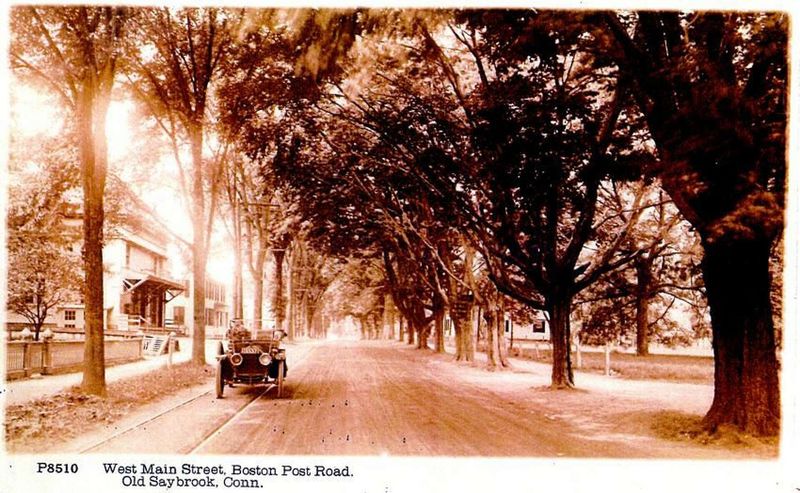
America’s first mail route connected colonial Boston with New York beginning in 1673. Postal riders galloped between designated taverns where fresh horses awaited, carrying correspondence that knit together the emerging nation.
Mile markers commissioned by Benjamin Franklin in the 1750s still stand along portions of the route. Paul Revere raced along this very road to warn colonists of approaching British troops.
The road evolved into the foundation for U.S. Route 1. Historic taverns like the Wayside Inn in Sudbury (immortalized by Longfellow) offer modern travelers a taste of colonial-era hospitality along this storied thoroughfare.
12. The Great Wagon Road: Appalachian Highway
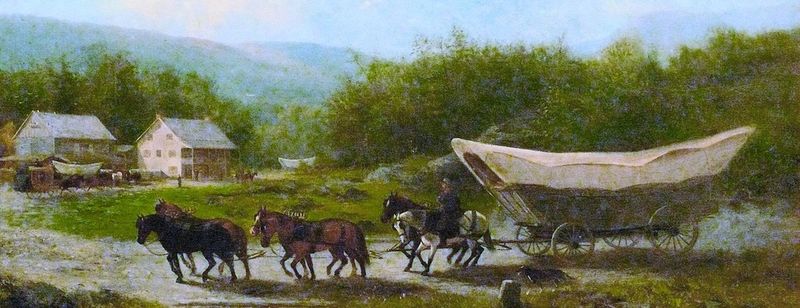
German and Scots-Irish immigrants poured down this 800-mile colonial superhighway from Philadelphia to Georgia throughout the 1700s. Initially a Native American hunting path, it became the most heavily traveled road in colonial America as settlers sought fertile farmland in the southern backcountry.
Families in wooden Conestoga wagons followed the natural corridor through the Shenandoah Valley. Communities sprang up at crossroads and ferry landings, their distinctive cultural traditions still evident in regional dialects and folk customs.
Portions now form the Blue Ridge Parkway, where historic cabins and gristmills preserve this migration story.

